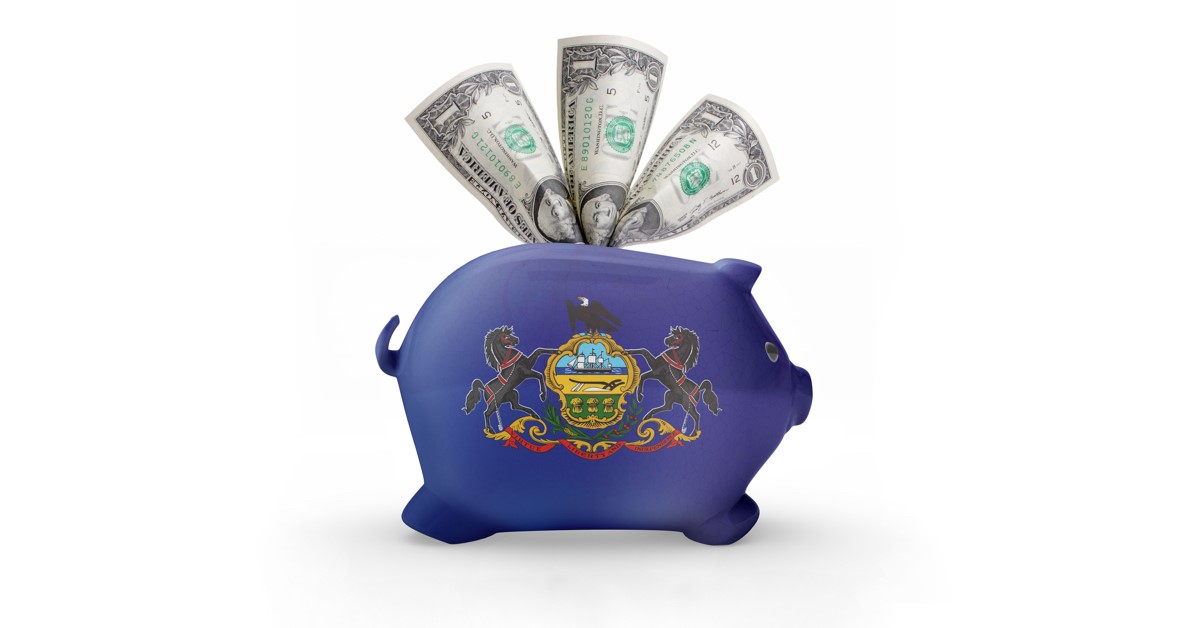(The Center Square) – A comparison of tax levels of the 50 states shows residents in Pennsylvania still pay more than most other Americans.
In a yearly comparison carried out by the Independent Fiscal Office, Pennsylvania is above-average with its tax burden.
The tax burden is different from overall tax rates: it is measured as a ratio of revenues collected by a tax to levels of personal income. The focus is on how much revenue a tax brings to the state, rather than the tax rate set by the law.
When looking at the state and local tax burden as a share of personal income, the analysis notes that Pennsylvania has the 21st highest tax burden, representing a 10.08% ratio of taxes to income. Though that ranking is lower than New York, Delaware, New Jersey, Maryland and West Virginia, it’s higher than Ohio, along with most southern and western states.
“Pennsylvania relies on SUT relatively less than other states due to broad exemptions for most clothing and food purchased for home consumption,” the report noted.
The state’s property tax burden is also slightly below average, ranking 27th (a 2.66% ratio). For sin taxes – which include gambling, liquor, cigarettes, and related taxes – Pennsylvania had the third highest burden (a .64% ratio), outpaced only by West Virginia and Rhode Island.
“For states that have legalized casino gaming, Pennsylvania imposes a relatively high tax rate on slot (maximum tax rate of 55%) and table games (16%) gross revenues,” the IFO report noted. Those tax revenues go for property tax relief, but also subsidies to keep horse racing alive in the state, as The Center Square previously reported.
Motor vehicle tax burdens were also relatively high at 17th in the nation (a .55% ratio).
The importance of those taxes, however, varies. The largest revenue source for state and local governments in Pennsylvania was property taxes (about 26%), followed by the personal income tax (25%), sales and use taxes (19%), then sin (6%) and motor vehicle (5.5%) taxes.







